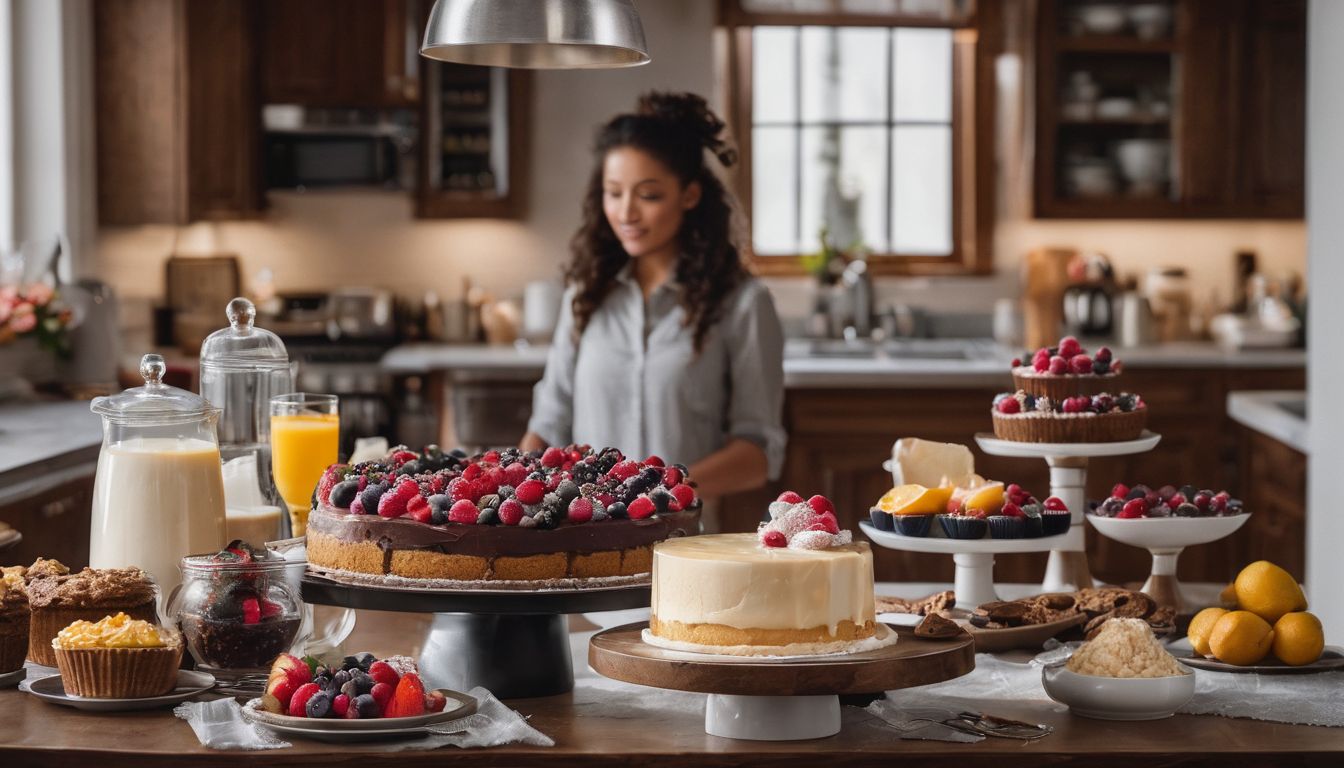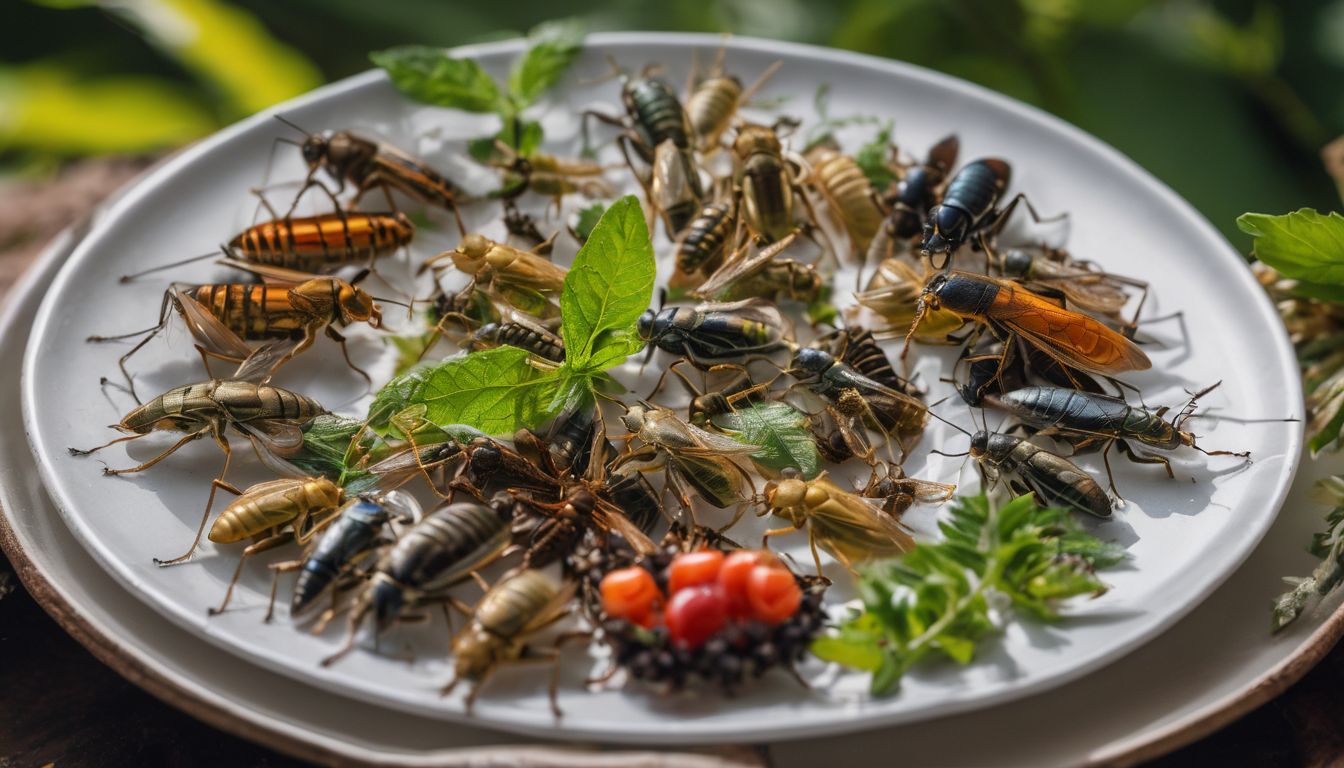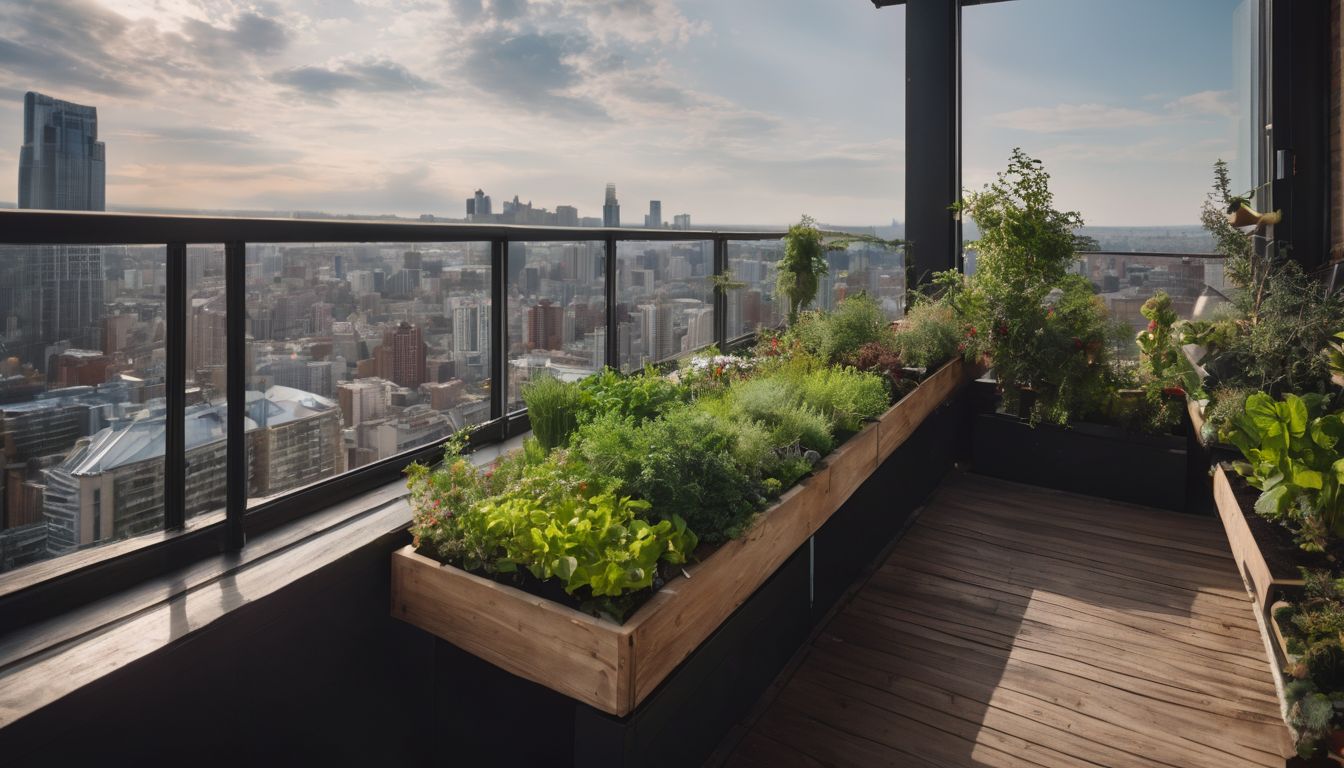A farmers market is often loud, crowded, and filled with an astonishing variety of fruits, veggies, and faces. All of that can intimidate a newbie. And there are a lot of newbies out there—sales by farmers to household consumers rose 49% from 2002 to 2007!1 Here are some tips on how to make your trip to the farmers market more manageable and more fun!
GOOD FOR THE ENVIRONMENT: Local foods decrease carbon emissions because they aren’t trucked halfway around the world—reducing your food miles. Organic foods reduce the amount of synthetic chemicals pumped into our land, water, and bodies.
GOOD FOR YOUR HEALTH: Just-picked foods are more nutritious (and delicious ☺) than the conventional store-bought fare.
Cost: Medium
Time and effort: Medium
Pre-Farmers Market Prep Tips:
- Find a farmers market near you. Search on Local Harvest: localharvest.org or on the USDA website: usda.gov/FarmersMarkets. Not all farmers markets sell strictly local and organic foods, so do your homework.
- Don’t assume that your local farmers market isn’t open just because there’s snow on the ground. My town in Pennsylvania has an indoor market every Friday that sells lots of goodies—dairy, honey, baked goods, canned goods, handcrafted pasta, and root vegetables—all year long!
- If you do not have a farmers market in your area, considering starting one! If you are interested, read here: How to Start a Farmers Market .
- Join your farmers market email listserve. Many farmers markets send frequent emails with useful information, such as market hours, available produce, seasonal recipes, and more.
- Plan to go to the farmers market before you hit the supermarket. You might find more goodies at the market than you’d expect.
- Pack a cooler for dairy and meat products.
- Bring reusable bags. Also throw in some containers or compostable BioBags for chilled or frozen products.
- If you’re riding your bike to the farmers market, which is a great idea ☺ outfit the bike with a rack—attach a crate or cooler to the top of the rack and two panniers to the sides.
- Buying in bulk? Save your back and bring a wheeled cart.
- Pack a few seasonal recipes.
- Dress accordingly. In the summer, pack sunscreen, a hat, and a cool drink.
- If you’re planning on eating prepared foods at the market, bring reusable utensils.
- Stop by a bank or ATM to get cash. Don’t rely on personal checks because not all vendors take them.
- Leave your dog behind, as unfortunately they are not allowed at most markets.
Shopping Tips at the Farmers Market:
- Arrive early for the freshest products and widest selection.
- Shop around. Ask lots of questions. Try free samples. Find the best taste for your buck!
- Don’t haggle with the farmers. Pay a fair price for their labor. If you’re looking to score a deal, stop in at the end of the day, when some farmers give away their remaining goods at a discount.
- Buy the heavy and frozen stuff last.
- Don’t just buy fruit, it’s expensive. Get a wide variety of foods, focusing on veggies, and also some meat and dairy if you eat those products..
- Be adventurous. Reference your recipes, but don’t be afraid to stray from them. Buy what you know you like, and then buy a fruit or veggie you’re not familiar with. Ask the farmer for tips on how to prepare that weird-looking thing. You might be pleasantly surprised!
Post-Farmers Market Tips:
- Get cooking! Browse seasonal recipes online, or invest in a good reference book. John Bishop’s book, Fresh: Seasonal Recipes Made with Local Ingredients, is a great start.
- Don’t watch the water boil. Invite friends over for a cooking extravaganza, or crack open Barbara Kingsolver’s memoir Animal, Vegetable, Miracle, an exquisite account of the joys of eating local.
- Did you buy too much of anything? No worries. Freeze or can your leftovers: Can Your Own Food . Create a miniature farmers market in your freezer and cupboards that will last you through winter!
- If you are ready to become a total locavore, check out this guide: How-to-Become-a-Locavore .




